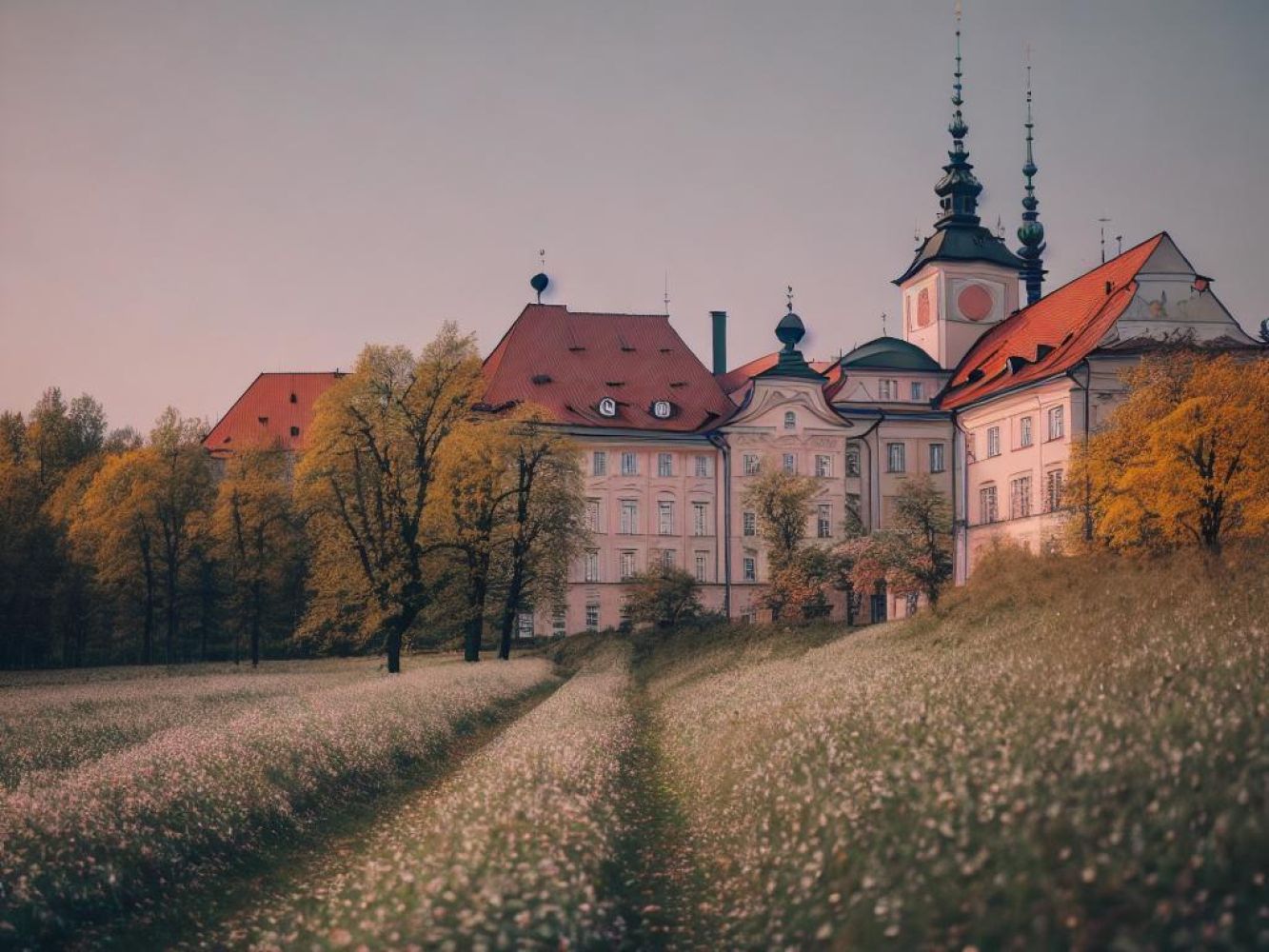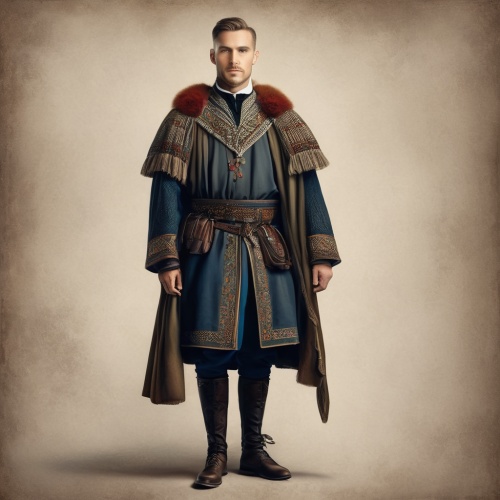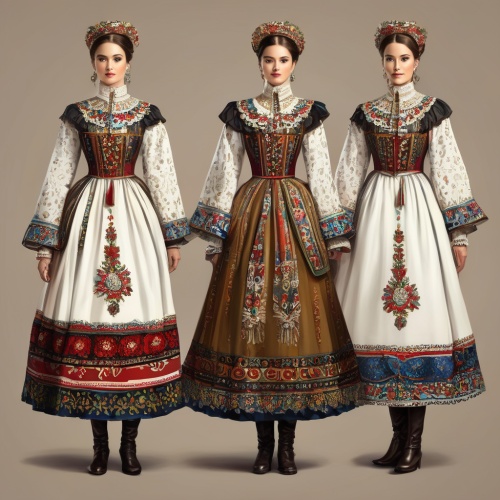Understand
Step back in time as we delve into the captivating history of Masovia, a significant region that has shaped the identity of Poland for centuries. Since the 10th century, Masovia has been an integral part of the Polish landscape. With Pock briefly reigning as the capital in the 11th century, even two Polish kings found their eternal resting place in the magnificent Pock Cathedral. Following the division of Poland in 1138, Masovia emerged as one of the powerful duchies under the rule of Bolesaw IV the Curly, a member of the renowned Piast dynasty. When faced with external threats, such as the Old Prussians, Masovia looked to the Teutonic Order for assistance, ultimately setting the stage for a rich and complex history. Although initially remaining independent, Masovia eventually became a vassal of the Kingdom of Poland in 1351. This marked the beginning of a new era, as Masovia transformed into a voivodeship of Poland after the demise of the last Masovian Piast, Janusz III of Masovia, in 1526. Throughout the 16th century, the influence of Masovia expanded as colonists from the region settled in the vibrant region of Warmisko-Mazurskie. However, the turbulent times of the third partitions of Poland in 1795 led to the annexation of Masovia by Prussia. In 1807, during the Napoleonic Wars, Masovia became part of the Duchy of Warsaw and later emerged as an essential component of Congress Poland after the Congress of Vienna. The indomitable spirit of Masovia endured even through the dark times of World War II, with Nazi Germany gaining control over the region. Divided between the General Government and the Province of East Prussia, Masovia's spirit prevailed, and it was ultimately restored to Poland after the war. Today, Masovia proudly contributes to the mosaic of the Masovian Voivodeship, created in 1999, embracing its legacy while standing tall as a testament to the resilience and unwavering spirit of the Polish people.








Comments
NO COMMENTS